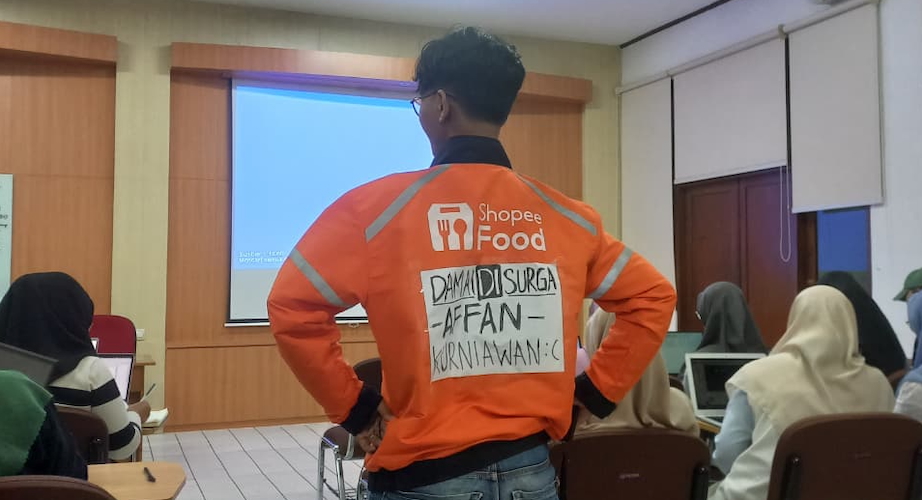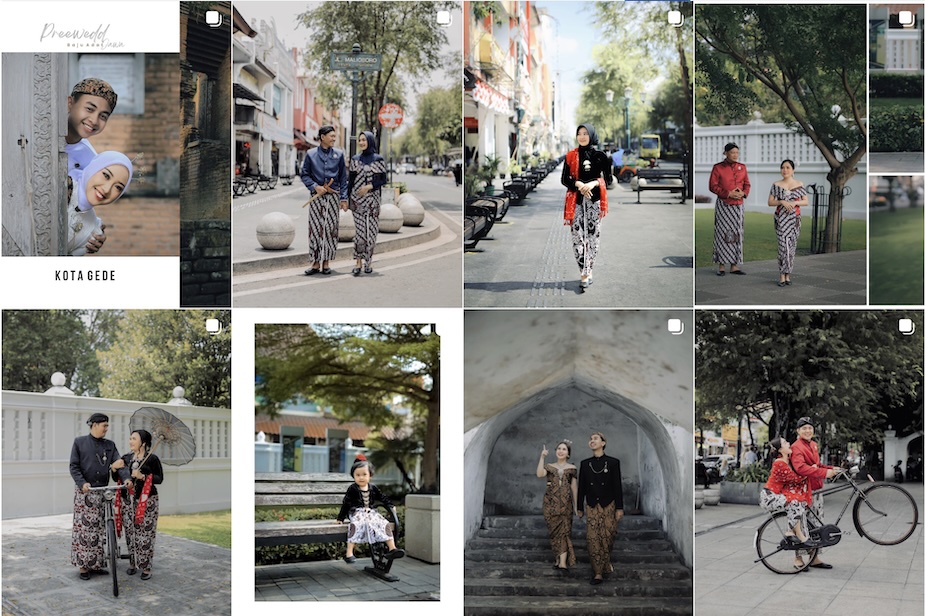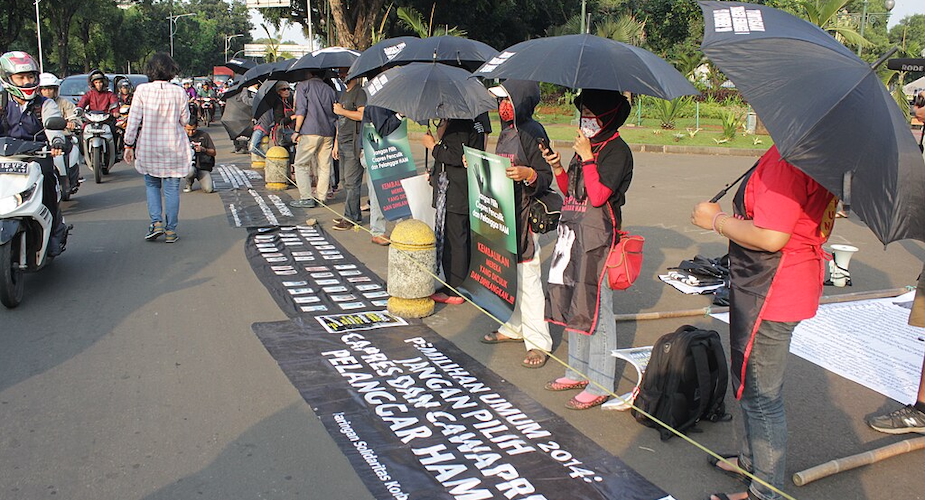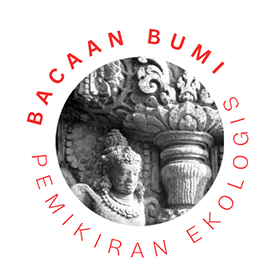This year marks the fiftieth anniversary of the Indonesian invasion of East Timor, formerly a Portuguese colony, on 7 December 1975. The invasion marked the beginning of a 24-year annexation of East Timor by Suharto’s New Order regime. It dramatically changed the lives of many East Timorese and Indonesians, including the thousands of East Timorese who came and settled in Australia.
Fifty years on, and with Prabowo Subianto, a figure with a long track record of deployment in East Timor, rising to the presidency in Jakarta, how do Indonesians and East Timorese live together? In this edition, we bring together scholars, creative practitioners and activists to reflect on the meanings this anniversary holds for the two countries and their people and how East Timorese and Indonesians live together today, despite a history of conflict and violence.
The East Timor Truth, Reception and Reconciliation Commission (CAVR) estimated that over 100,000 East Timorese were killed during the Indonesian occupation or died from famine and famine-related diseases. Many others remain missing, suspected of being killed during the occupation. In this issue, Lia Kent describes East Timorese families’ practices for dealing with the missing. She argues that these practices of repair and reconciliation have often been overlooked by scholars and activists. As embodied, relational practices, they allow families to live with the violent past and enact everyday forms of repair amid its continuing reverberations.
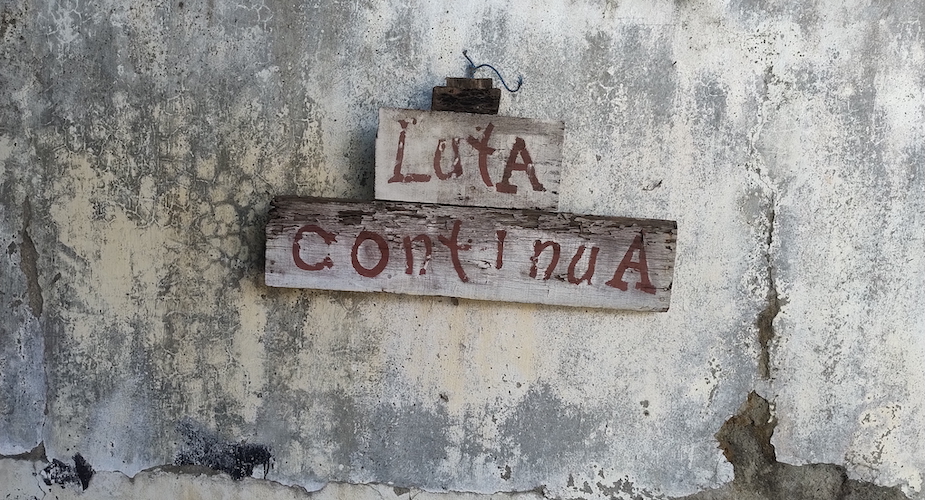
Knowledge in Indonesia about the history of Indonesia’s occupation of East Timor is uneven. As Rita Padawangi writes, many young Indonesians are unaware about their country’s involvement in East Timor. She reflects on the process of making a film, Ingatan dari Timor (Memories of Timor), featuring Indonesian and East Timorese youth, to improve knowledge on this issue.
In this edition, we also explore different perspectives on reconciliation, a topic that remains hotly debated in Timor-Leste. Former international advisor to Timor-Leste's national memory institute, the Centro Nacional Chega! (CNC), Pat Walsh OAM, critiques the East Timorese government’s stance on justice and reconciliation with Indonesia. Hugo Maria Fernandes, Executive Director of the CNC, who is at the forefront of justice and reconciliation work in Timor-Leste, also discusses the meanings of reconciliation and who it should involve.
Some tensions remain between Indonesia and Timor-Leste. In August 2025, for example, skirmishes broke out on the border over territory and allegations of cattle theft. On social media, many Indonesian YouTube videos portray life in East Timor as so hard during independence that the East Timorese are begging to return to Indonesian control. These incidents highlight the potential for misunderstanding and misinformation in the face of much unfinished business from the past, underscoring the need for more public dialogue, quality information, and conversations involving Indonesians, East Timorese, and those interested in living together in a more peaceful world.
Also in this edition, Victoria Sakti takes a closer look at life on the border, in particular, how East Timorese living in West Timor navigate the tensions and difficulties of living away from East Timor. Meanwhile, Made Supriatma considers the long-term physical, psychological and economic impact of the occupation on Indonesians. Naldo Rei and Vannessa Hearman document how several prominent East Timorese and Indonesian politicians, activists, and religious figures reflect on the conflict and the relationships shaped by it. Nuno Rodrigues pays tribute to the late Indonesian activist Titi Irawati Supardi and recounts her involvement in the solidarity movement for East Timor.
This edition also offers some literary and artistic reflections on how East Timorese and Indonesians continue to grapple with the legacy of occupation. Jose da Costa’s article, ‘Sacred Water’, an extract from his unpublished memoir, pays tribute to Wai Lia, a waterhole in Baucau township in the eastern part of Timor-Leste. It is an example of how East Timorese families pass on knowledge intergenerationally despite being displaced from their land as a result of Indonesian military operations. Rogerio Savio, in his photo-essay, part of a larger oral history-based research project in Remexio, south of Dili, shows how Timor-Leste's layered history is evident through both its natural and built environments.
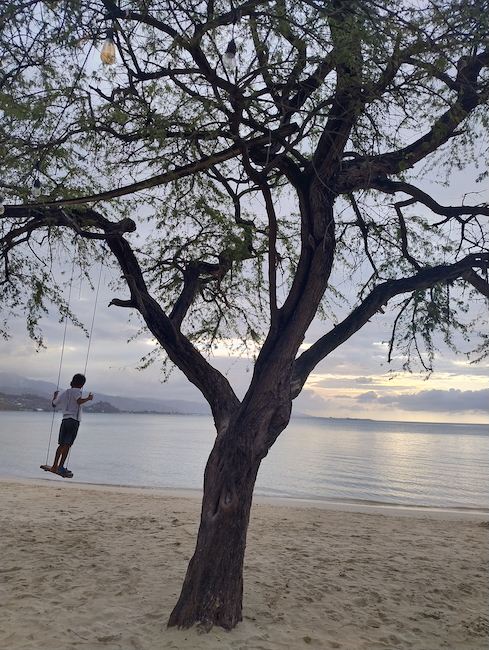
Ato Lekinawa Costa, editor of Timorese online media outlet Neon Metin, in his poem ‘Boot Tua’, asks where to next for Timor-Leste under the rule of former guerrillas. In September, student protests in Dili successfully halted the purchase of new cars for parliamentarians and forced Parliament to end the practice of lifelong pensions for former members of parliament. A testament to the Indonesian education of a generation of East Timorese, Costa writes this poem in both Indonesian and one of Timor-Leste's official languages, Tetum. Indonesian continues to be a language of importance in Timor-Leste, in education and business, and more recently on social media, with some Indonesian content creators gaining an audience across the border. Also in this edition, Indonesian poet Putu Oka Sukanta pays tribute to East Timorese women survivors of violence and the formation of a group representing them, Pirilampu.
Living with a powerful neighbour in Indonesia on whom Timor-Leste depends for most of its supply of goods and services, still waiting to determine their land and maritime boundaries, and now facing a president who is a former general with a long history of deployment in Timor-Leste, the country continues to navigate the legacies of occupation and human rights abuses in its relationship with Indonesia. New areas of concern also arise, as Ivo Mateus Gonçalves reminds us in his article on how East Timorese civil society has responded to concerns over Indonesia’s treatment of West Papuans.
With Timor-Leste achieving its longstanding ambition to join ASEAN and seeking to benefit from deeper regional integration, its leaders have largely prioritised maintaining constructive relations with Indonesia over confronting difficult issues from the past. Yet people-to-people relations are decidedly more complicated. Trauma, resentment, accommodation, solidarity and reconciliation often co-exist, underscoring the complexities of post-conflict life for East Timorese and Indonesians.
Vannessa Hearman is a historian of Indonesia and Timor-Leste based at Curtin University in Western Australia. Her book on East Timorese refugees, titled The Good Sea: The Journey of the Tasi Diak and the Politics of Refugee Protection in Australia, is being published by Melbourne University Publishing. Vannessa is a member of the board of Inside Indonesia. Tim Mann is also a member of the board of Inside Indonesia.



